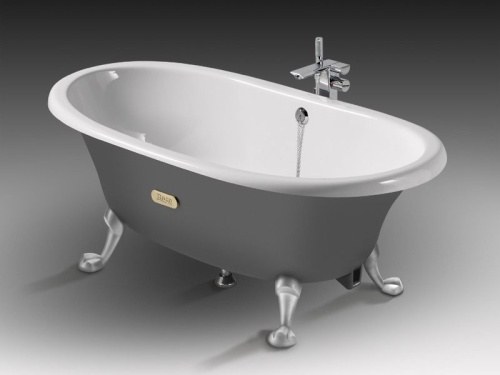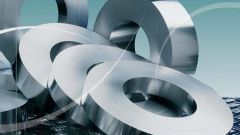Instruction
1
You can determine the iron density of the product. Weigh the object and then determine what volume of water it displaces. This way you will calculate the density and make a conclusion about the material. The fact that the density of the major brands of steel is in the range of 7.7 – 7.9 grams/cm^3, density is the most common grey cast iron does not exceed 7.2 g/cm^3. But this method is unreliable, since there are more white cast iron, the density of which is between a 7.6 and 7.8 grams/cm^3. Therefore, it can be applied just as firmly convinced that the product is made either of steel or gray cast iron.
2
Can use a magnet. For cast iron it sticks worse than steel. But this method cannot be called accurate, as some types of alloy steels with a high content of Nickel do not attract a magnet.
3
It is therefore safer to use one of the following methods: to determine the cast iron using the resulting sawdust or shavings, but also with grinding machines. Take a file with a small notch, spend a few times on the surface of the product. Try to collect formed tiny sawdust on a sheet of paper. Fold the paper in half and vigorously RUB. If it is cast iron, the paper will be visibly soiled, if it is steel, traces almost does not remain.
4
May also slightly the product drill a thin drill (of course, not from the front side, and in a place that is not conspicuous). This produces a small amount of chips. In her appearance and characteristics, it is possible to accurately determine from what material the item. If it's cast iron – the chips literally poured out of you in his fingers, turning to dust. If the steel shavings will look like a twisted spring and may even scratch your fingers if you try to break her.
5
Finally, you can judge the material by size, shape and color of sparks produced when the edge of the product is carried out with a grinding machine. The more carbon content, the brighter and stronger the sheaf of light-yellow sparks. And the content of carbon in iron is much higher than in steel.
6
If there is any doubt – better to use as references the pieces of iron and steel, and to compare the shape and properties of sawdust (wood shavings), and the resulting sparks that is obtained by processing these samples.



